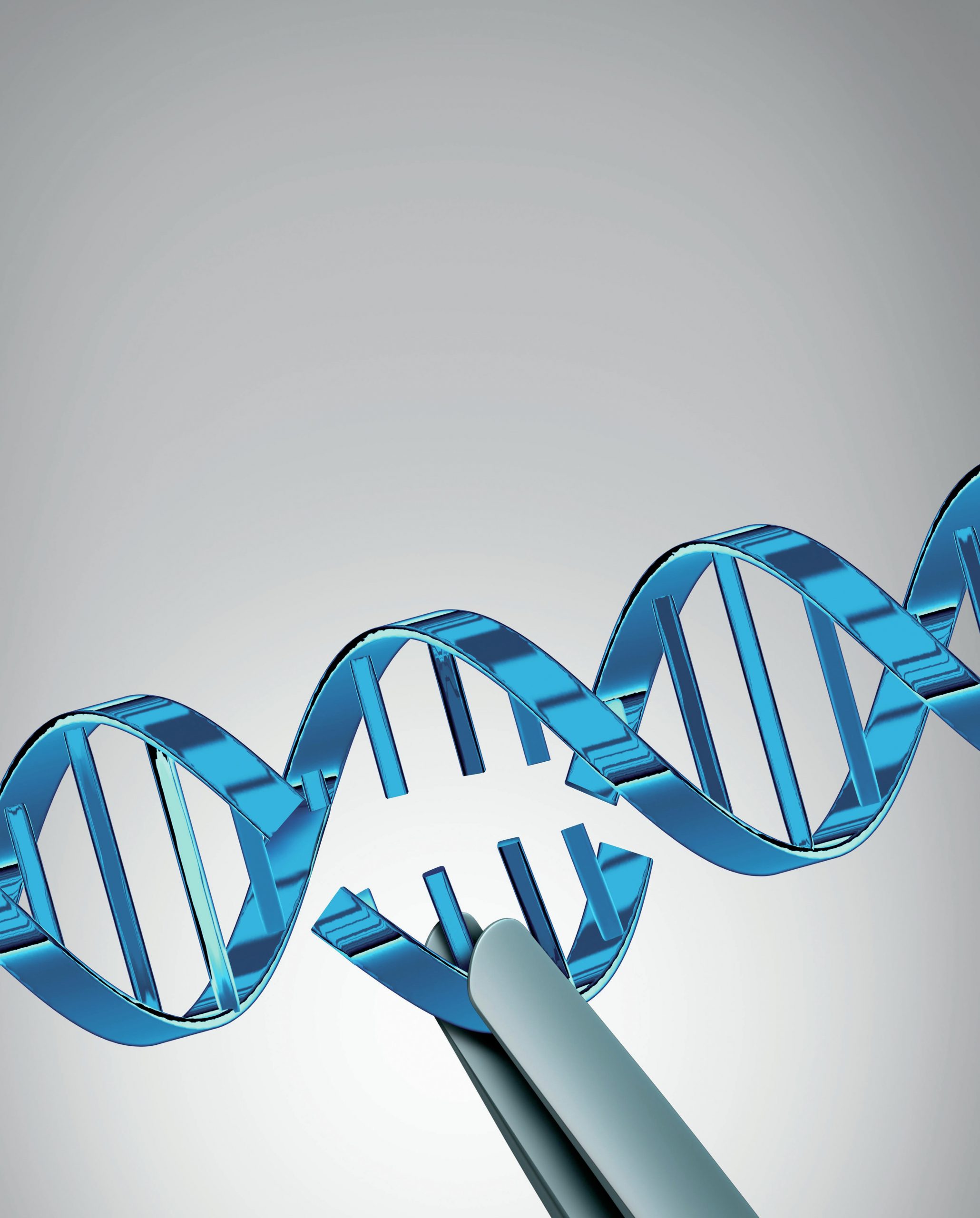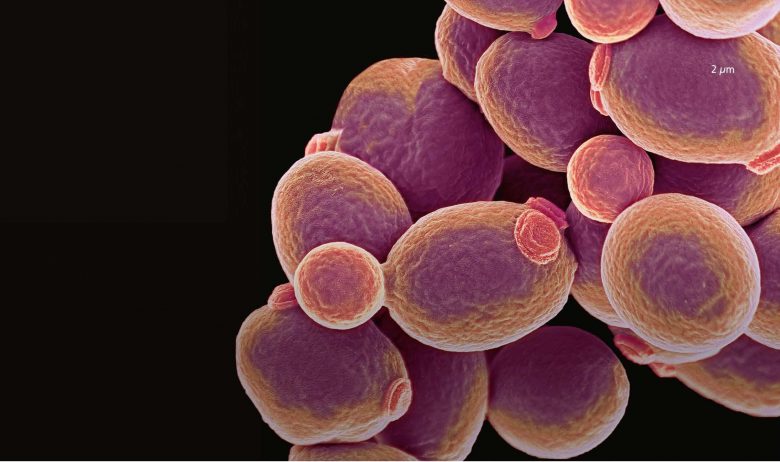
Methods for cutting DNA out of genomes were first developed in the late 1990s. They were useful because they enabled the very precise ‘knock-out’ of specific genes in order to study gene function. But they were relatively cumbersome and could only be used on one gene at a time. This changed with the arrival of genome-editing methods based on a type of bacterial DNA called CRISPR.
CRISPR
Your organisation does not have access to this article.
Sign up today to give your students the edge they need to achieve their best grades with subject expertise
Subscribe




